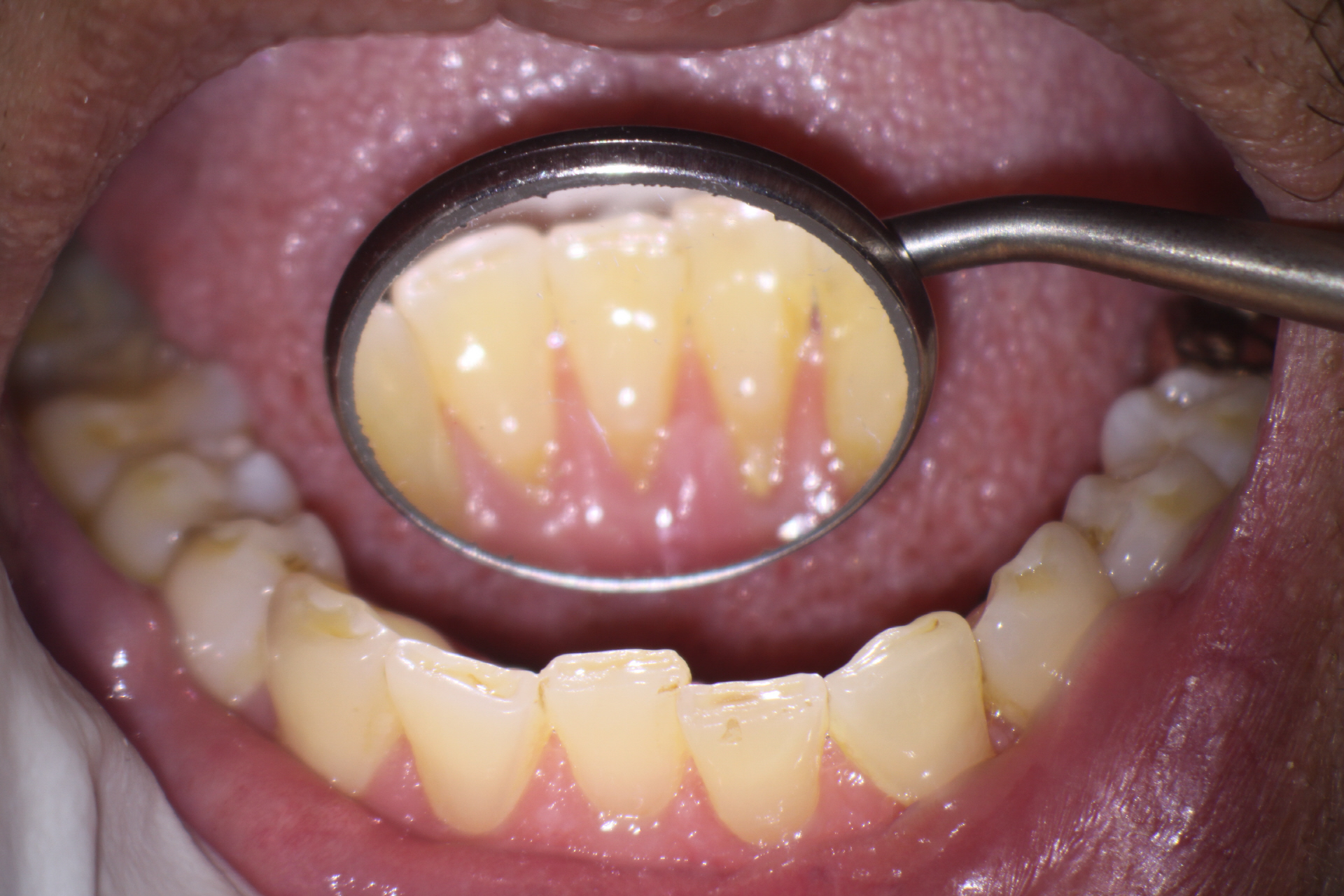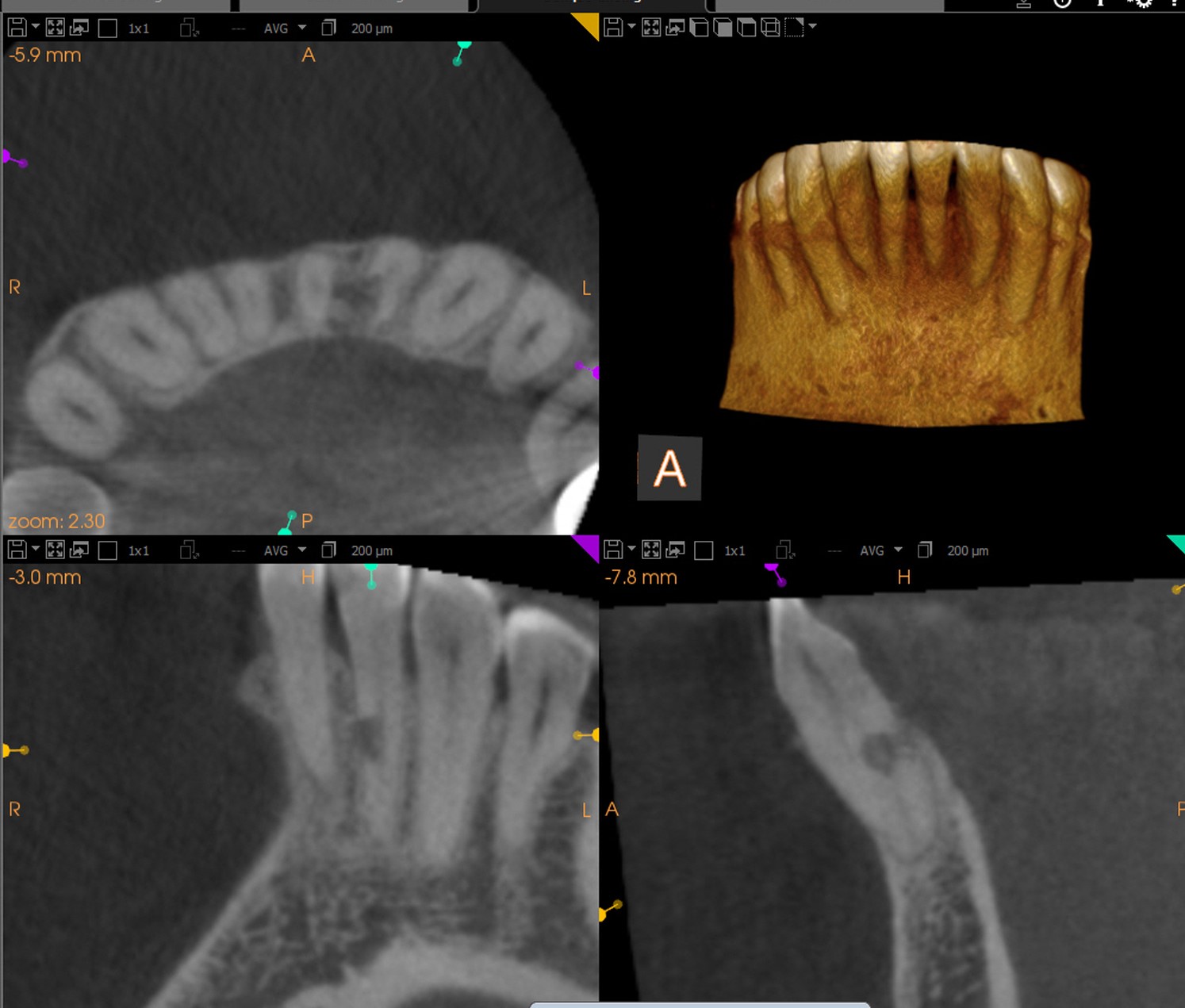Will Endo Help This Case?
A 65 year old male patient was seen for exam and consultation regarding teeth #s 31 and 32. Tooth #31 had a history of regenerative periodontal surgery by a local periodontist. There was a persistent 9 mm lingual pocket associated #31 after the Perio surgery. Because the radiographs showed a periapical radiolucency associated with #3, the periodontist wanted to rule out an endodontic component to possibly explain the failing regenerative surgery. The patient did not recall any traumatic incidents in the area . There was no history of Ortho treatment.
Pulp tests (thermal) were inconclusive. The patient was not very responsive to thermal stimulus in any of his anterior teeth. I performed a test cavity on #31 to confirm vitality. Once dentin was encountered, the pulp was found to be responsive and vital and the test cavity was restored with composite. Therefore the pocketing and radiolucency appeared to be entirely unrelated to any Endo problem .




Pre-Perio Surgery Image at left. Postop and distal view at right
In my opinion, the tooth had a poor long term periodontal prognosis, especially if it already had attempted regenerative surgery treatment by a specialist. But I told him that as long as he was asymptomatic I saw no reason for immediate extraction or replacement. I recommended that he be monitored by the Periodontist and that they initiate discussions as to how “interceptive” they wished to be with what would likely be an eventual implant replacement.
Interestingly, the cbCT revealed an asymptomatic lingual external resorptive lesion in the adjacent lateral incisor #32. Again since we do not know how long this has been there, and because the patient is asymptomatic, I recommended that we monitor the area and perform no Endo treatment.


Patients are often referred with radiolucent areas that referrals suspect are endodontically involved. Periodontists especially, envy the way a healing endodontic case can regenerate a healthy attachment apparatus back to its original contours and density, IF the problem is purely Endodontic in etiology.
It is incumbent upon every clinician who is contemplating performing Endodontic treatment on a tooth to perform definitive pulp tests and confirm that the pathology is in fact associated with an endodontic problem. Incorrect Endo treatment of such teeth may, at best, result in unnecessary treatment and no resolution of the area. At worst, it can decrease the strength of the tooth, hasten tooth loss and result in unnecessary ineffective treatment for the patient.
When in doubt, do no harm….. and consider referral to a Specialist.
